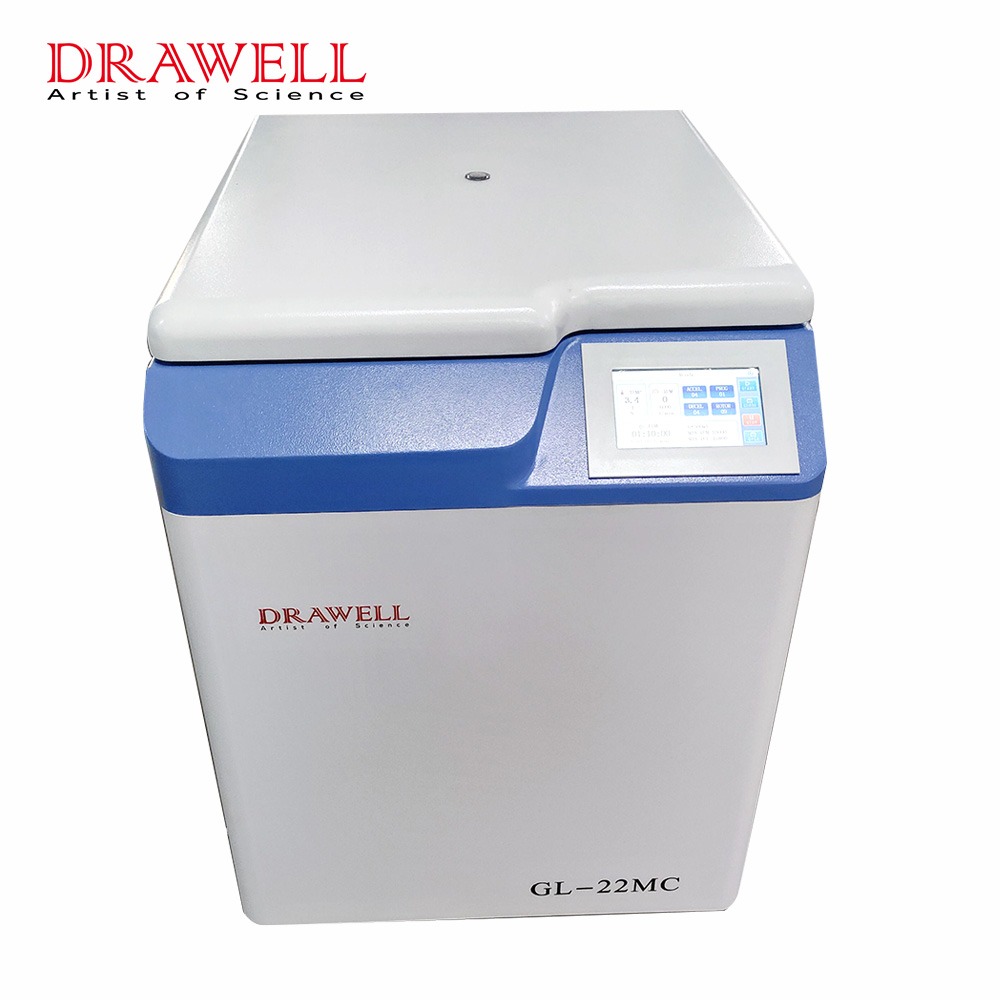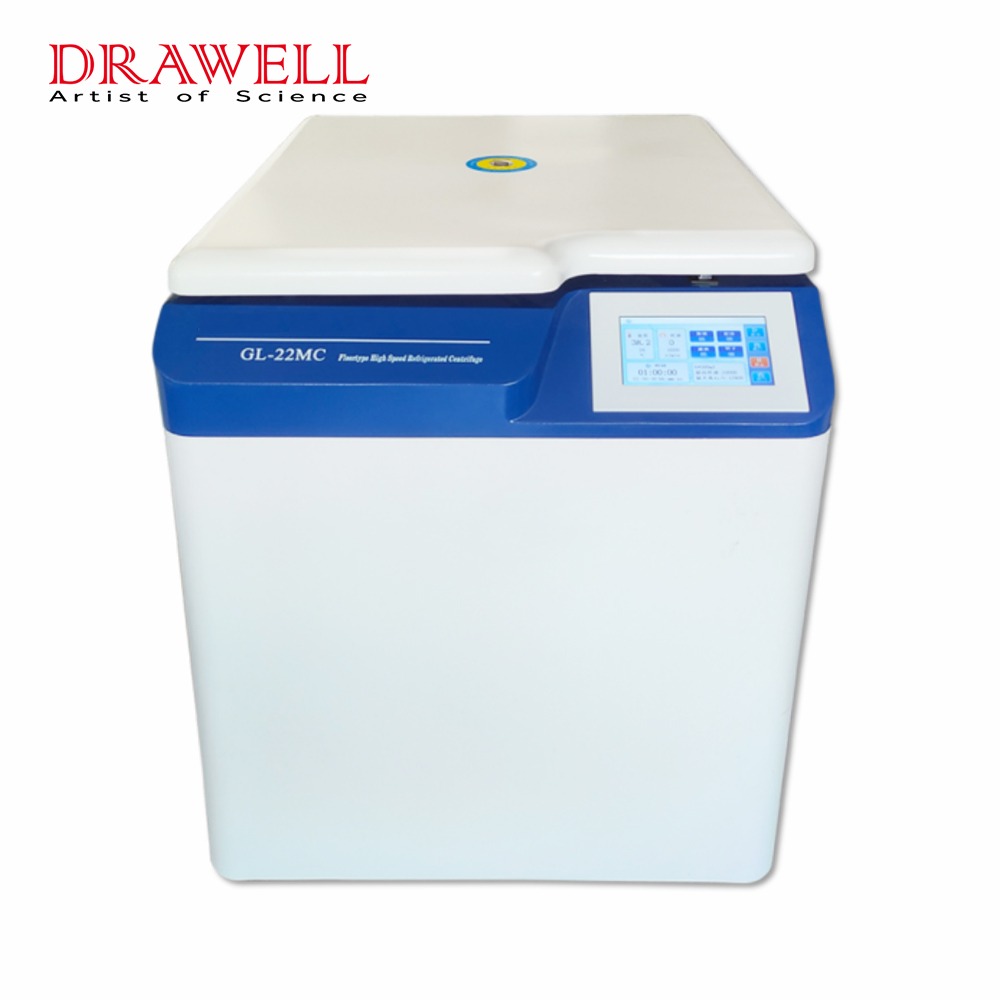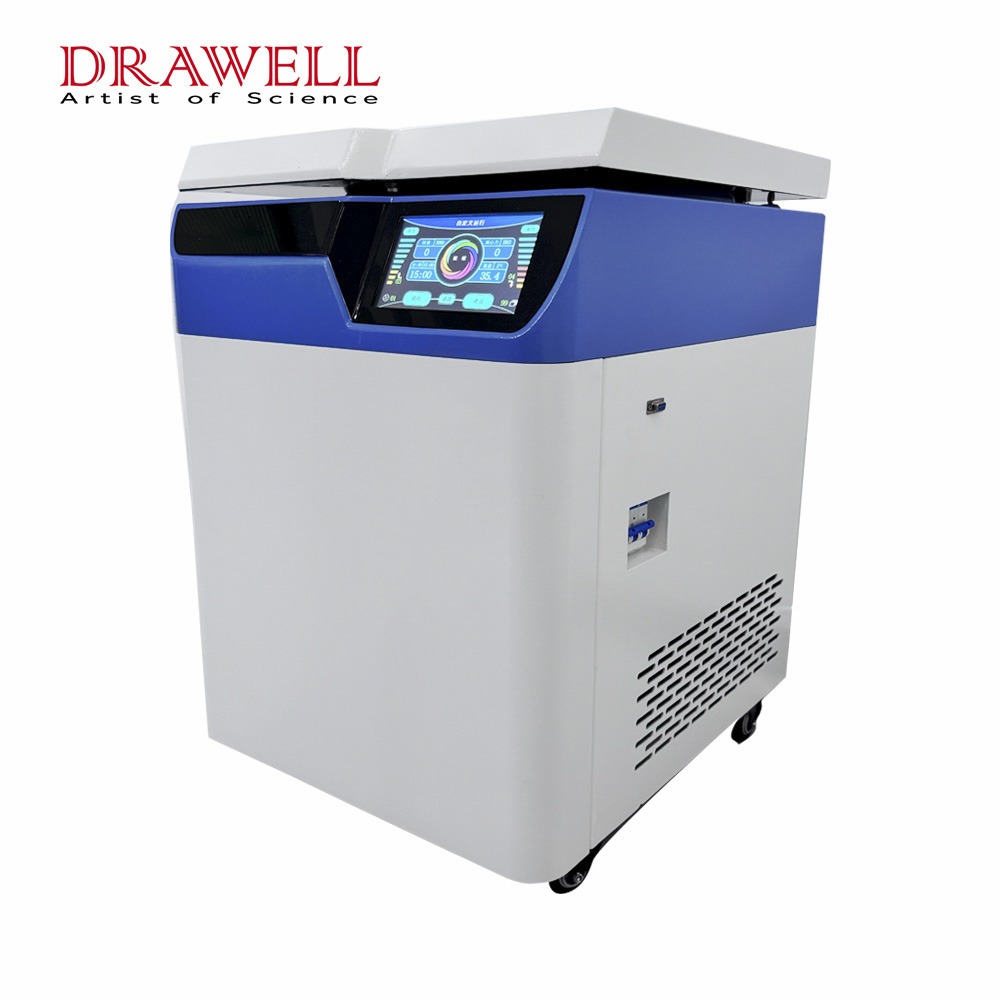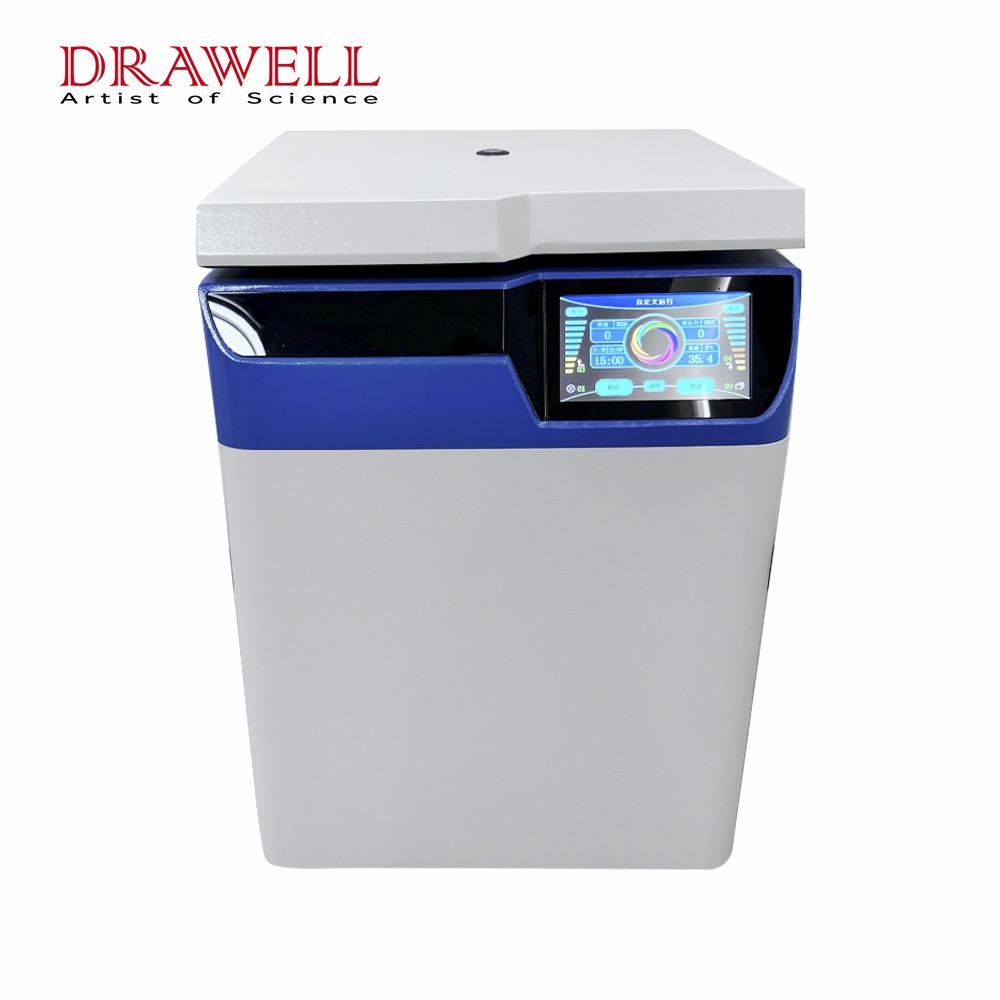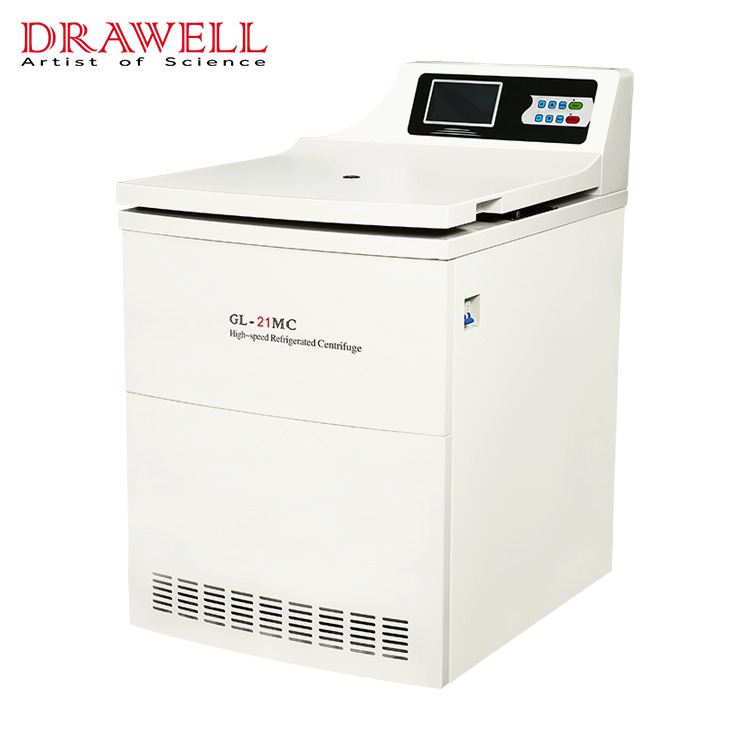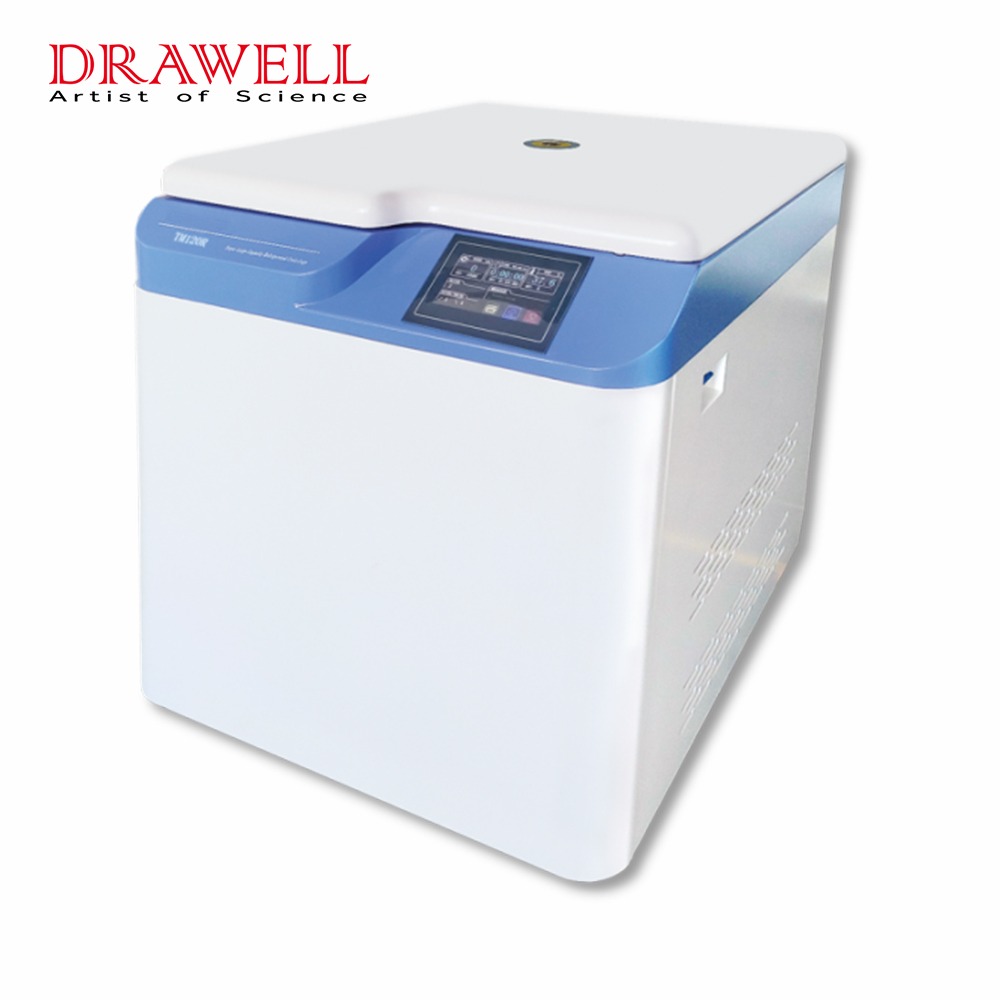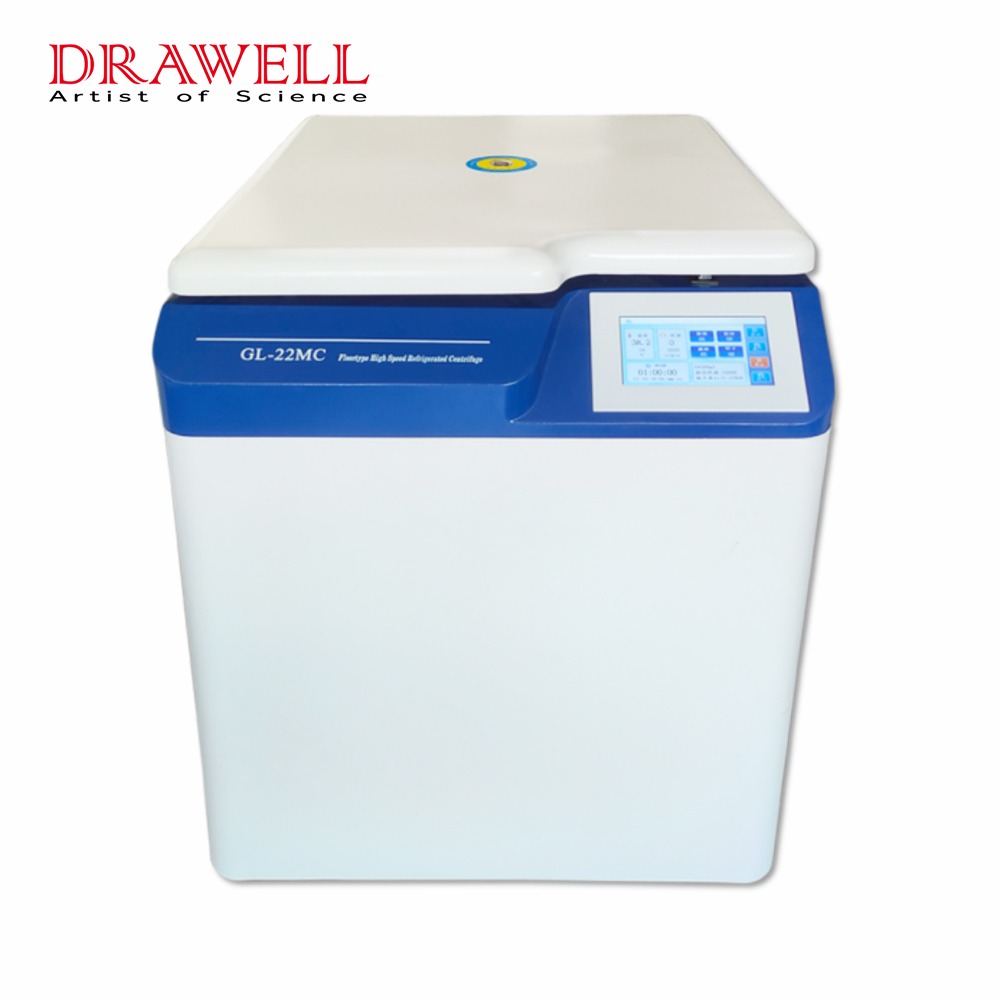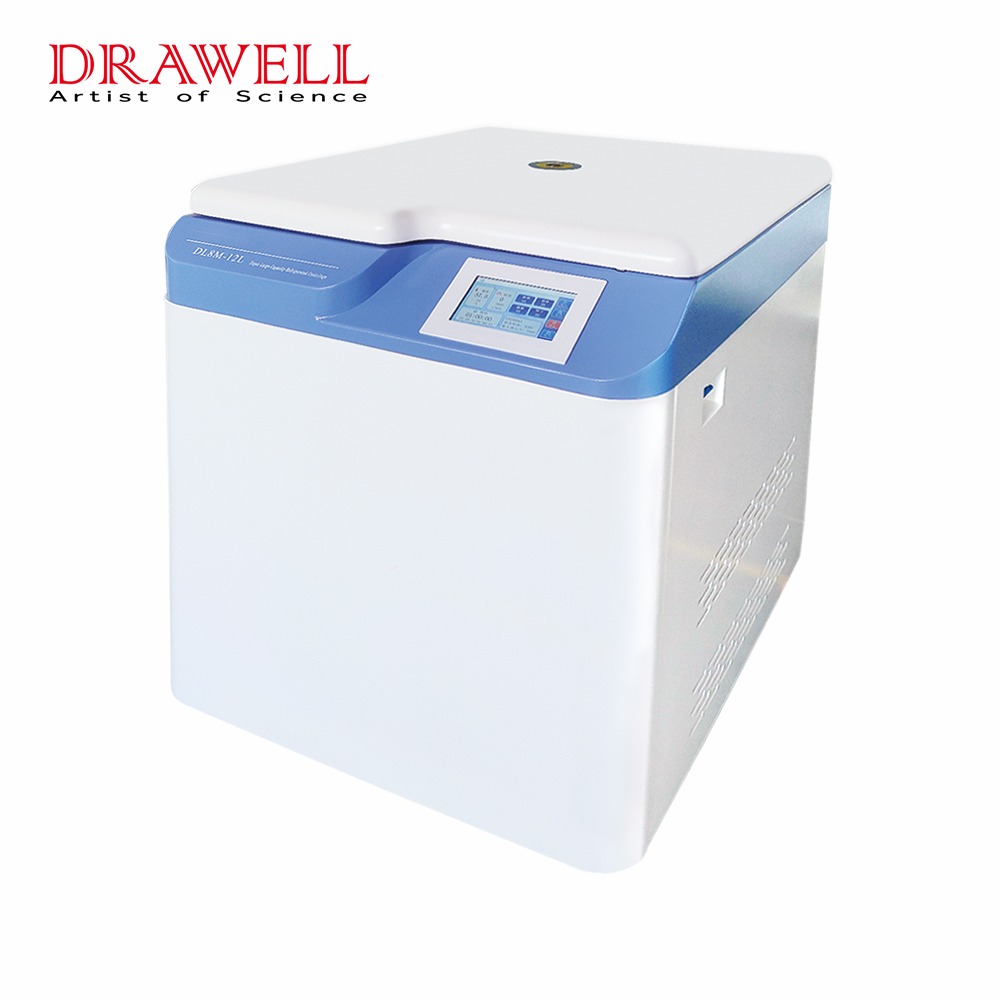Centrifugation is a vital technique in many scientific and industrial disciplines, and as demands for higher efficiency and throughput increase, rotor design becomes an increasingly important part of centrifuge innovation. Advanced rotor designs are at the forefront of improving performance, precision, and versatility in floor centrifuges. This article delves into the groundbreaking advancements in rotor designs that are shaping the capabilities of floor centrifuges, offering a glimpse into the future of sample processing.

1. Increased Load Capacity Through Advanced Rotor Designs of Floor Centrifuges
The optimization of load capacity is a fundamental goal in advanced rotor designs. Manufacturers are pushing the envelope to accommodate bigger numbers of samples in a single run by using new materials and structural arrangements. This increase in load capacity is particularly beneficial in high-throughput applications, allowing for more efficient processing and reduced turnaround times.
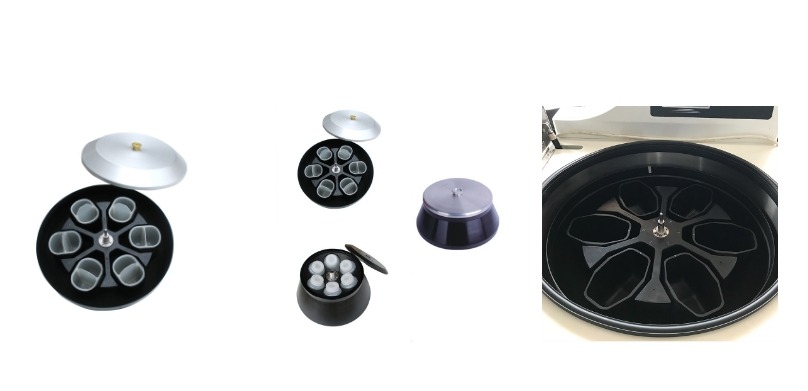
2. Modular and Adaptive Configurations Through Advanced Rotor Designs of Floor Centrifuges
Advanced rotor designs incorporate modularity and adaptability, allowing users to modify the configuration to their experiments’ specific demands. Interchangeable components and modular designs provide for more adaptability in handling a wide range of sample sizes, quantities, and types. This versatility is especially important in research and industrial contexts where the diversity of samples treated varies greatly.
3. Materials for Biocompatibility and Durability in Advanced Rotor Designs of Floor Centrifuges
Biocompatible materials are becoming more popular in rotor designs, especially in applications requiring sensitive biological samples for floor centrifuges. Titanium and corrosion-resistant metals are used to ensure the integrity of samples as well as the longevity of the rotor. This emphasis on materials adds to lower contamination hazards and more dependability in centrifugation processes.
4. Optimized Aerodynamics Through Advanced Rotor Designs of Floor Centrifuges
Aerodynamic efficiency is a critical factor in advanced rotor designs. Engineers employ computational fluid dynamics simulations to fine-tune rotor shapes and airflow patterns. This optimization minimizes turbulence during operation, resulting in faster and more efficient sample separation. Improved aerodynamics also contribute to the overall stability and reliability of the centrifuge.
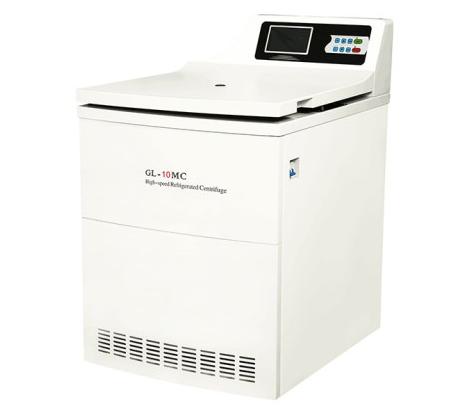
5. Precision Balancing Techniques Through Advanced Rotor Designs of Floor Centrifuges
Advanced rotor designs utilize precision balancing techniques to attain high speeds without sacrificing safety or performance. Computer-aided models help achieve ideal balance and reduce vibrations and noise during centrifuge operation. This precision not only increases the rotor’s lifespan, but it also ensures the reproducibility and correctness of experimental results.
6. Enhanced Safety Features Through Advanced Rotor Designs of Floor Centrifuges
In ultra-capacity centrifugation, safety is of the utmost importance. Sophisticated safety features, such as automatic locking mechanisms and over-speed protection, are built into advanced rotor designs. These characteristics not only protect the workers and the environment, but also the integrity of the samples and the centrifuge itself, reducing the chance of accidents.
7. Specialized Geometries for Advanced Applications Through Rotor Designs of Floor Centrifuges
Some advanced rotor designs are tailored to particular uses, such as density gradient centrifugation or specialized separation procedures. Tailored rotor geometries enhance the efficiency and resolution of these processes, meeting the evolving needs of researchers and industries engaged in complex sample processing.
8. Integration with Automation Systems Through Rotor Designs of Floor Centrifuges
As laboratories increasingly embrace automation, advanced rotor designs are developed with seamless integration in mind. Rotor configurations that easily interface with robotic systems enhance workflow automation, allowing for high-throughput sample processing with minimal manual intervention. This integration contributes to increased efficiency and reproducibility in large-scale experiments.
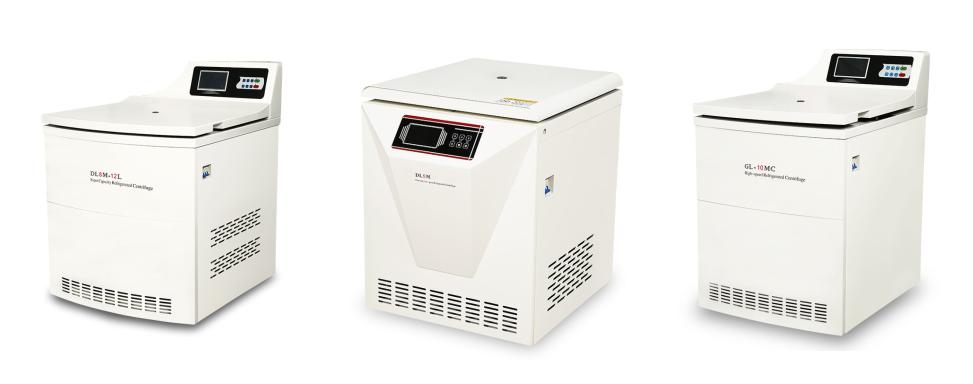
Conclusion
Advanced rotor designs for floor centrifuges offer a substantial advancement in centrifugation technology. These advancements, which range from greater load capacity and adaptive configurations to enhanced safety measures and automated integration, collectively redefine the potential of floor centrifuges. Researchers and companies now have access to sophisticated instruments that provide unrivaled performance, precision, and versatility, setting new benchmarks for sample processing efficiency. The impact of these rotary designs on scientific research, biotechnology, and industrial applications is set to be dramatic, unleashing new possibilities in sample separation and processing.

